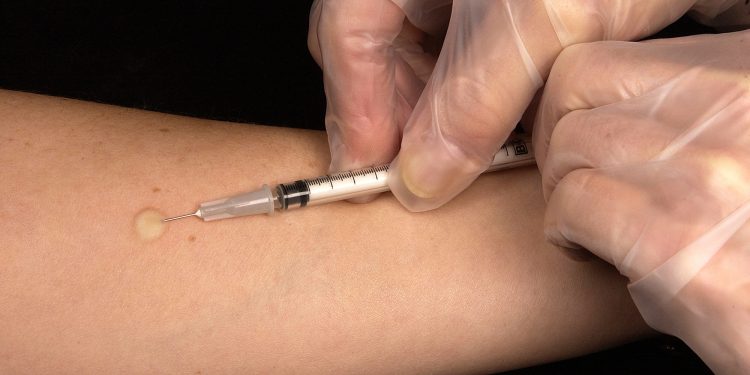Combating TB In India: Why We Lead in the Position Of Maximum People Infected In The World

The recently released global TB report 2017 has stated that India leads in the number of people afflicted with the deadly disease, that is TB. In the year 2016, about 27.9 lakh people in India were affected with the disease and about 4.23 lakh of them were killed as a result of it. Mostly, the under-reporting and under-diagnosis of the disease is being quoted as the reason for the large numbers affected, according to a study conducted by the WHO(World Health Organization). The alarming numbers and the fact that we remain at the top of the list is deeply troubling while at the same time questioning the unregulated private sectors and the weak health system that exists in our country. While there are promises being made that India will be TB-free by the end of 2025, we need to look at what has been done in that direction and what remains to be done. Just like we have been declared a polio-free country, lets us look at what will take us in the direction of a country devoid of TB.
Understanding The Affliction That Is TB
It was believed that Tuberculosis i.e TB was an old disease, but lately due to the emergence of drug resistance and HIV, it has again sprung up as a major threat out of all the infectious diseases that are prevalent among people. It is caused by a bacteria called Mycobacterium Tuberculosis.
The symptoms of the disease depends upon the area of the body that is affected. If the lungs are affected, then the patient might have a cough lasting more than 2 weeks and they may cough up blood/phlegm. Symptoms may also include weakness, weight loss, loss of appetite, chills, fever and night sweats.The diagnosis of TB is very difficult since the symptoms are very similar to many other illnesses. Sometimes people might have latent TB, in which case though the bacteria infects earlier, the symptoms might show up only after a few years usually because of HIV or some other infections.
Treatment can be done using the 20 odd drugs over a period of at least 6 months. But patients have to ensure to complete the course religiously else there could a relapse. But since these drugs were invented years ago, some people have also development a drug resistance to some of them, which makes treatment difficult. Hence there is a need to develop newer drugs. This disease can spread through the air, hence it is very important to educate people regarding the disease and how it is caused. Awareness can only help with its prevention.
The Current Situation In India
The latest list by WHO show that the maximum sufferers belong to India. Generally the most people at risk are people infected with HIV and children under 5 years age. Dr. Katherine Floyd, co-ordinator of WHO’s monitoring and evaluation unit at the global TB programme, says that shortcomings in TB funds are the main reason why the countries are unable to meet their TB prevention targets. Multidrug resistant TB remains the main health security threat and a major public crisis. Out of 10.4 million cases worldwide, only 6.3 were detected and notified in 2016, which makes a gap of 4.1 million. This gap is majorly accounted by countries like India, Indonesia and Nigeria, which makes up half of the gap.
In India, we face the challenge of funds along with public awareness. Even if the government introduces a lot of measures and access to treatment, the question remains how many of the patients infected with TB really know about all these facilities which are applicable to them and how to access them. Government needs to spend a bit on awareness programmes and advertisements to make public aware. Also since this a easily infectious disease, a lot needs to be done to make diagnosis more effective so that the patients suffering can ensure to protect others from catching the illness.
The Need Of The Hour: Removal Of Stigma And Eradication
There seems to be a major stigma attached to TB that it is a poor man’s disease. But as a matter of fact, it’s just that not many people are talking about it. Though the government has declared ambitiously that the disease shall be eradicated by 2025, it needs to be really mulled on to understand how to combat it. At the ‘First WHO Global Ministerial Conference on Ending TB in Sustainable Development Era’, India has reaffirmed that it is continuously fighting to conquer TB just like we did with polio. It is said that 25% of the ministry’s budget has been earmarked to combat TB, this includes free diagnosis, free treatment with best quality drugs, nutritional and financial support to the patients, online TB notification systems and mobile based monitoring systems.
On top of all that the government is doing, it is also important to spread word about the disease itself. It is necessary to make people aware that anybody can catch this disease as it is easily communicable, but can be cured too. After all, it’s only through information that the under-diagnosis can be prevented. We also need to find some means to stop the private health industry squeezing so much out of the patients when the treatment is affordable. Let us stop this bacterial infection that is claiming a lot of lives unnecessarily. Let us be aware and help others around us to understand and prevent the disease. Together we can build a stronger nation.

